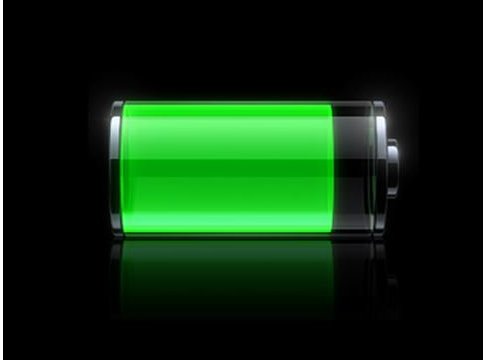Running Battery Diagnostic Check on Macbook Air
Diagnosing a Bad Macbook Air Battery
If you find yourself sitting in front of a Macbook Air that won’t turn on - meaning that when you hit the power button, you don’t see any images or hear any fans or hard drive starting up - then there’s a good chance that you have some sort of battery/charging issue. The following instructions can help you determine exactly what the problem is. You certainly don’t want to automatically replace the battery without running battery diagnostics first, as the Apple batteries are rather expensive to buy and install.
- You’ll want to unplug all devices - printers, flash drives, cameras, etc. - from the Macbook Air and try to start it again. In some rare cases, these devices can trigger some kind of hardware conflict, but again, this happens very rarely.
- The next step is to test your 45W Apple power adapter. Unplug the adapter from the wall and the Macbook Air. Wait a few minutes and then plug both of them back in, into the wall first and then into the computer. You may want to try plugging the adapter into a different wall socket or even directly into the socket instead of through a surge protector. I’ve seen this happen a lot where there’s nothing wrong with the computer or adapter, but some other issue with the electrical units in the house.
- If none of that helps, we need to move on to more specific battery diagnostic steps. Connect the Macbook Air adapter to a Macbook Pro - the charging indicator light should be on. If the light doesn’t come on, there could be some kind of dirt or debris around either the adapter connector or the connection itself.
- The next step is to reset the PRAM. To do this, click the power button (with the adapter plugged in of course) and hold down Command + Option + P + R at the same time until you hear the chime. This resets the PRAM, which controls some basic information about your computer and how it starts up. If something in the PRAM got corrupted, this could affect the computer’s startup.
- The next step is to reset the power manager. With the computer off, you will want to hold the left Shift + Control + Option and then click the power button once. Make sure that you click the keys on the left side of the keyboard - not the right. Wait about five seconds and then click just the power button to start the computer up.
- When you turn the computer on, check the Macbook Air’s sleep indicator: If it flashes five times in a row, then pauses, and repeats the five flashes, you will probably have to take the computer into an Apple Store or send it to Apple for service. That indicates a hardware battery failure. You can contact them through Apple Support.
- If none of these steps work, chances are that your battery will either need to be serviced or replaced (seems like usually the latter). Apple’s battery technology is very advanced and also integrated into the device, so it is not user-removable, which allows them to make a longer lasting battery, but is a real pain in the butt if you ever need to replace it.
If you choose to try to buy a Macbook Air battery used or from an online dealer, I would make sure the company is an Apple Authorized dealer. There are a lot of retailers online that tend to sell very poorly made batteries. You’d be best served, I would say, by buying a new battery directly from Apple and having them install it. Running a battery diagnostic check on the Macbook Air battery will help you rule out some common problems that prevent Macbooks from starting up, but then a trip to the service center may sometimes be necessary.
References
Apple Support:
